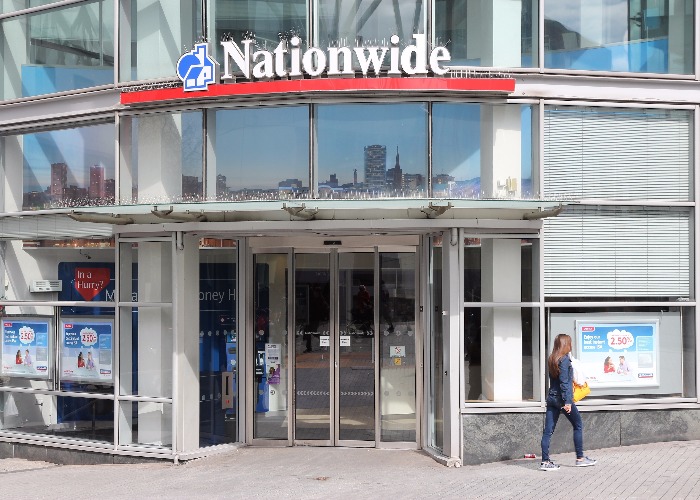Fraudsters are attempting to steal the bank details of Nationwide customers with a new text message scam.
The messages, which claim to be from the building society, ask the victim to verify a high-value purchase supposedly made on their card at a well-known retailer.
Victims are then urged to contact the Nationwide fraud prevention team on a number included in the text, which is actually controlled by the scammers.
Anyone who calls will be asked security questions aimed at stealing their bank details.
In one example shared by Nationwide to raise awareness, the message reads:
“Nationwide has noticed your card was recently used on 29-11-2016 at APPLE ONLINE STORE for 1976.00 GBP. If not you please urgently call fraud prevention on 03303800231 or Intl +443303800231. Do not reply by SMS.”
Here’s a scam text received by one of our customers – would it fool you? Always check the phone number at https://t.co/MC0mcz04kp #TakeFive pic.twitter.com/Y2tiAzTcEK
— Nationwide UK (@AskNationwide) January 19, 2017
Has anyone lost money?
Nationwide told The Sun that “a handful” of customers had fallen for the text message scam.
However, it added: “We were proactive, shut it down and customers received refunds on the same day.
“So no-one lost out.
“It’s important to be alert and take time to think before sharing financial details.”
Check your credit report for suspicious activity (link takes you to loveMONEY best buy tables)
How to stay safe
While it’s pretty easy to spot the scam if you aren’t a Nationwide customer, it could look convincing if you did bank with the building society as you may well have received texts from them in the past.
It’s worth noting that this scam can easily be tweaked to reference a different financial institution, so it’s not just Nationwide customers who need to be vigilant.
As always when it comes to suspicious texts and emails, the key is to never respond directly.
If you want to verify the information contained in the message, contact your bank or building society on a number that you have looked up separately.
More scam alerts from loveMONEY:
Don't fall for this WhatsApp 'Gold' scam
Common HMRC scams to watch out for
Spear phishing: when scammers know your personal information
